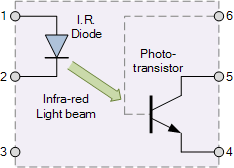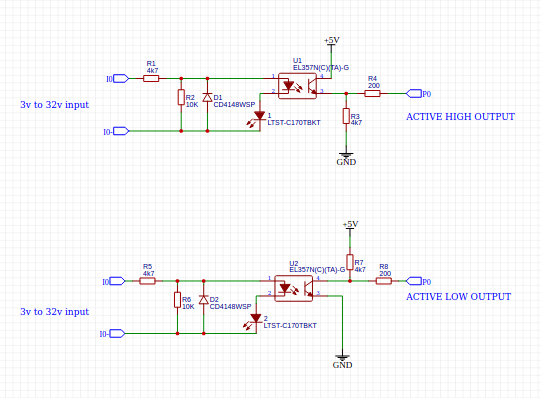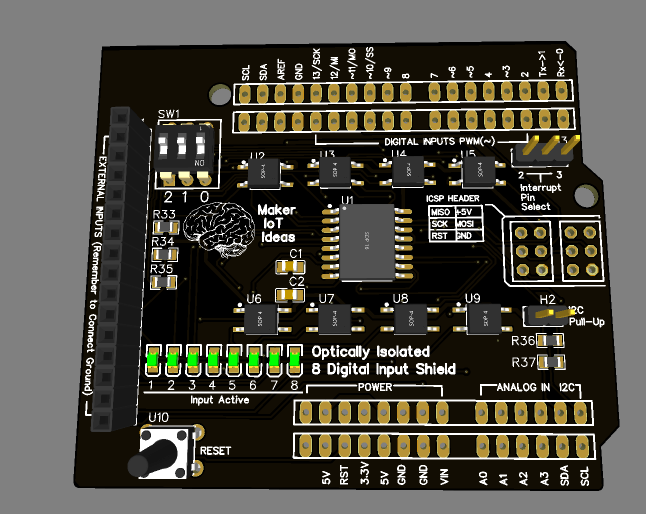All of us Makers like to tinker with stuff, and in this process, we may find ourselves thinking about how to connect device A to my Arduino… Device A may operate at a different voltage from the Arduino, and may thus damage it badly….
Many different solutions exist to do this, but, many of them, like relays, can be quite bulky, increasing the overall size of your project, as well as putting bigger demands onto your power supply unit.
Having worked in the Industrial Automation sector for a few years, I remember that we used to have dedicated hardware to protect our sensitive controllers from the harsh outside signals that we needed to monitor. These devices were called isolators, and today I will show you how to construct your own version of this essential device.
But some theory is needed first…
What does it mean to isolate a signal? In the electronics world, you might have seen that you usually have to use a common ground between all your devices to make them work together properly. While this is definitely true, let us look at another example…
Let us say you have some device, that will send you a voltage signal when it switches on, and another voltage signal when it is switched off. This device runs on 24 volts, so some of the more informed of us will immediately say you need a level converter, meaning a device that changes the 24v signal into a 5v signal… Others will try to use a relay to convert the signal ( A relay is also a type of isolation device ). A much more elegant way of doing this will be by using an Optic Isolator chip.

This chip provides complete isolation between your device and the Arduino or other microprocessor. It does that by using infrared light to transmit the signal. Light, as we all know, does not conduct electricity 🙂
Whereas a relay will only give you a on or an off state, the Opto-coupler or Optic Isolator can also do linear current transfer, meaning that the more IR light it transmits, the more current the photo-transistor will allow to pass as well.
A good tutorial on Opto-Couplers can be found here
Opto Isolator Circuit
In my circuit, I made use of the following circuit…

As we can see in the two circuits above, there is no common ground between the input and output sides of the circuit. This is ideal, as noise and other undesirable signals will not be transferred from one circuit to the other. It also allows you to use a very high input voltage, at a frequency of up to 2kHz.
I have also decided to combine this with the PCF8574 I2C Port Extender. That way, I can cascade up to 64 inputs on the I2C bus. In a later version, I will also do an Opto-Isolated Output module.
The Shield is only slightly bigger than the standard Arduino Uno, and all Arduino pins are broken out on headers.
It is important to remember that A4 and A5 should not be used for any other purpose (They provide access to the I2C bus). Likewise, the interrupt pin of the PCF8574 can be connected to either D2 or D3 with a jumper, or left disconnected by completely removing the jumper. Device addressing can be set with the 3-way DIP switch on the board.

This device is currently being manufactured. In Part 2 of this article, I will show you the completed PCB, as well as give you access to the Gerber design files if you want to manufacture your own. I will also make a limited amount of these boards available for sale from my website ( this site ) as well as from https://www.facebook.com/makeriot2020

